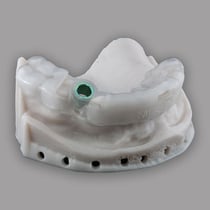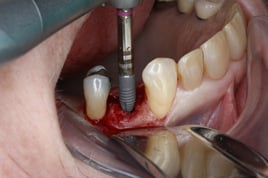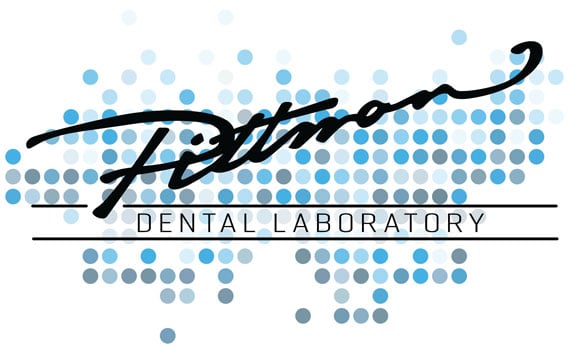Dental implant procedures have undergone significant advancements in recent years, offering both dentists and patients innovative options for tooth replacement. Two primary approaches have emerged in the world of implantology: guided dental implant systems and freehand dental implants. At Pittman Dental Laboratory, we have witnessed the evolution of these techniques, each presenting its unique set of advantages and challenges.
Guided Dental Implant Systems: Guided dental implant systems have gained popularity for their precision and predictability. This method involves the use of 3D imaging technology to create a detailed digital map of the patient's oral anatomy. Through computer-guided planning, the dentist can precisely determine the ideal implant placement and angulation, minimizing the margin for error.
Guided dental implant systems have gained popularity for their precision and predictability. This method involves the use of 3D imaging technology to create a detailed digital map of the patient's oral anatomy. Through computer-guided planning, the dentist can precisely determine the ideal implant placement and angulation, minimizing the margin for error.
Positive Aspects:
1. Enhanced Precision: One of the key advantages of guided systems is the high level of accuracy they provide. Dentists can achieve precise implant placement, reducing the risk of damage to surrounding structures.
2. Shorter Procedure Time: With a pre-determined surgical plan, the actual implant placement procedure tends to be quicker, resulting in reduced chair time for the patient and less discomfort.
3. Predictable Outcomes: Guided implant systems allow for a more predictable outcome, improving the long-term success of the implant. This is particularly beneficial for complex cases or patients with compromised bone density.
Negative Aspects:
1. Learning Curve: Dentists need a system to follow to become proficient in using guided systems. At Pittman Dental Laboratory, our implant team guides the Dentist from beginning to end with online case reviews, onsite facial analysis, drill reports, implant reports and chairside assistance if needed. Dentists can also start with one or two implants with our Focal Point® system before going on to Capture® our all on X guided system.
Freehand Dental Implants: Freehand dental implant procedures rely on the dentist's experience, skill, and tactile feedback during surgery. This traditional approach allows for greater flexibility and adaptability during the implant placement process.
Freehand dental implant procedures rely on the dentist's experience, skill, and tactile feedback during surgery. This traditional approach allows for greater flexibility and adaptability during the implant placement process.
Positive Aspects:
1. Cost-Effective: Freehand dental implant procedures generally require less investment in technology and training. This makes them a more accessible option for dental practices with budget constraints.
2. Experience-Dependent: Dentists with extensive experience in implantology may find the freehand approach more intuitive. The tactile feedback during surgery allows for on-the-spot adjustments based on the patient's unique anatomy.
Negative Aspects:
1. Limited Precision: The main drawback of freehand implant placement is the potential for less precise outcomes compared to guided systems. This can lead to suboptimal aesthetic results and increased risk of complications.
2. Extended Procedure Time: Without the aid of computer-guided planning, the dentist may spend more time during the surgery assessing and adjusting, potentially leading to longer procedure times and increased patient discomfort.
Conclusion:
Choosing between guided and freehand dental implant procedures involves weighing the pros and cons based on individual patient cases, practitioner expertise, and the financial considerations of the dental practice. While guided systems offer unparalleled precision, freehand techniques provide a more cost-effective and experience-dependent alternative. Ultimately, the decision rests on the dentist's comfort level, training, and commitment to delivering the best possible outcomes for their patients.
Pittman Dental Laboratory Blog
Navigating Precision: Guided vs. Freehand Dental Implants
Topics: Oral Surgeon, Focal Point, Guided surgery, Capture, All on X
